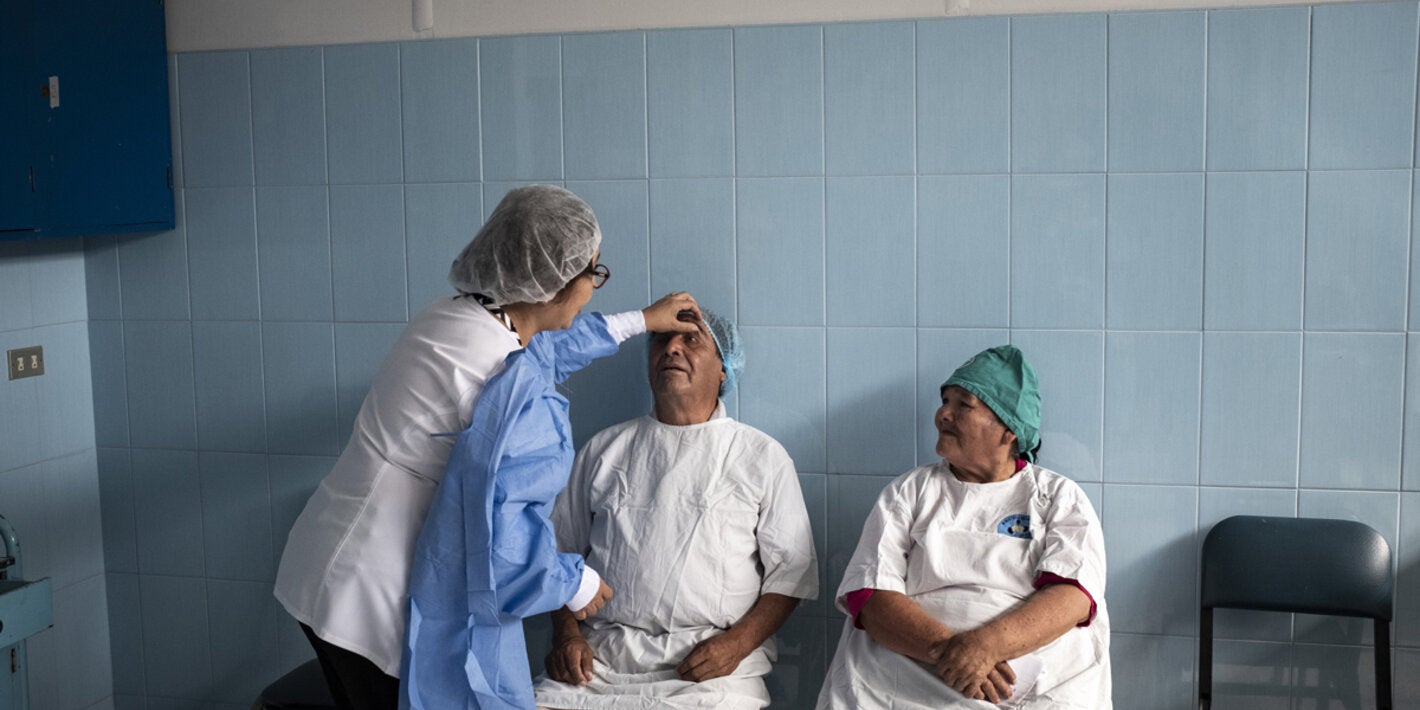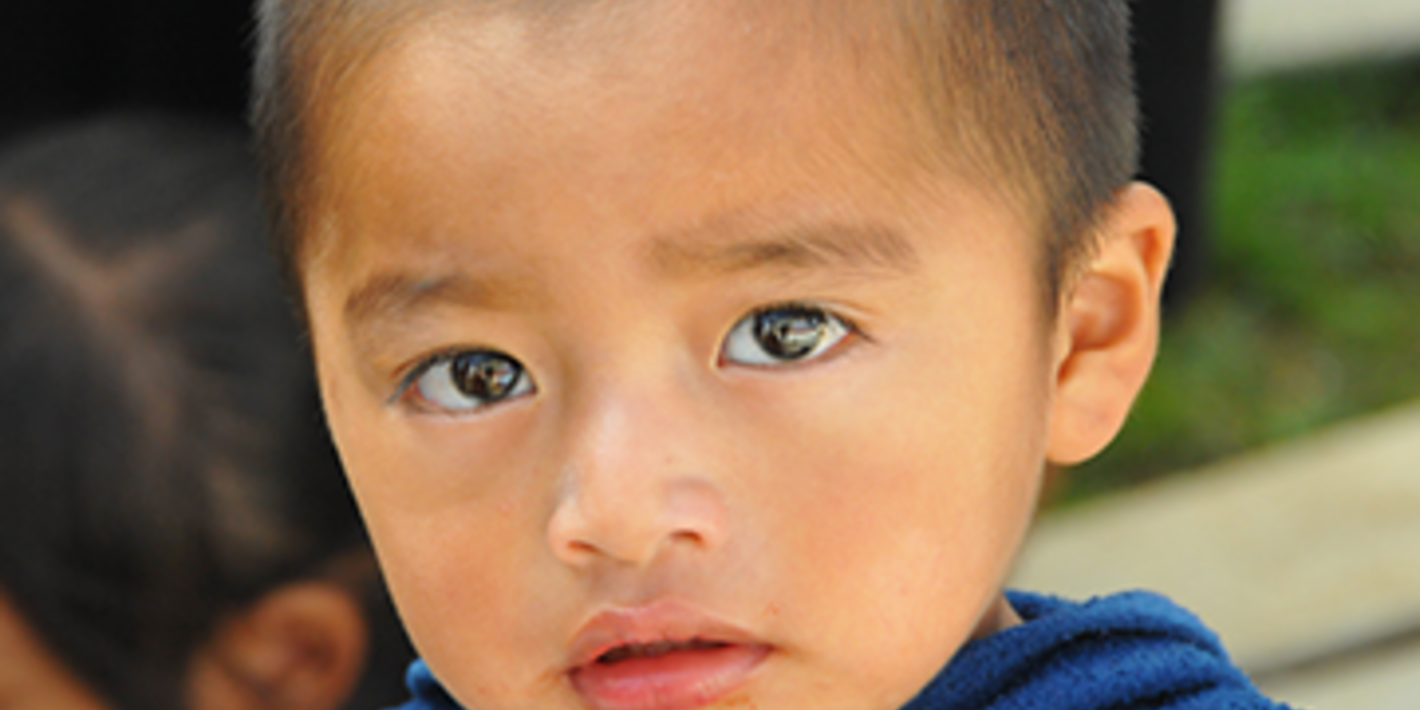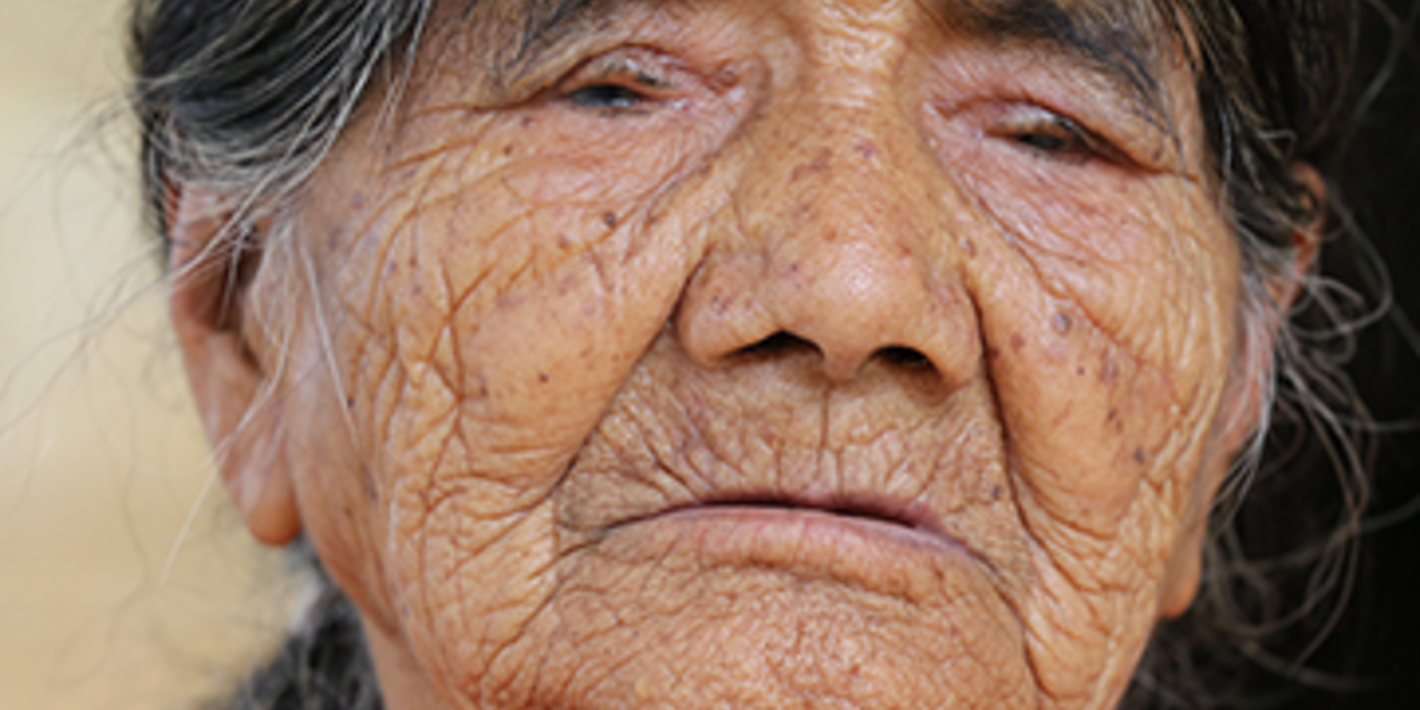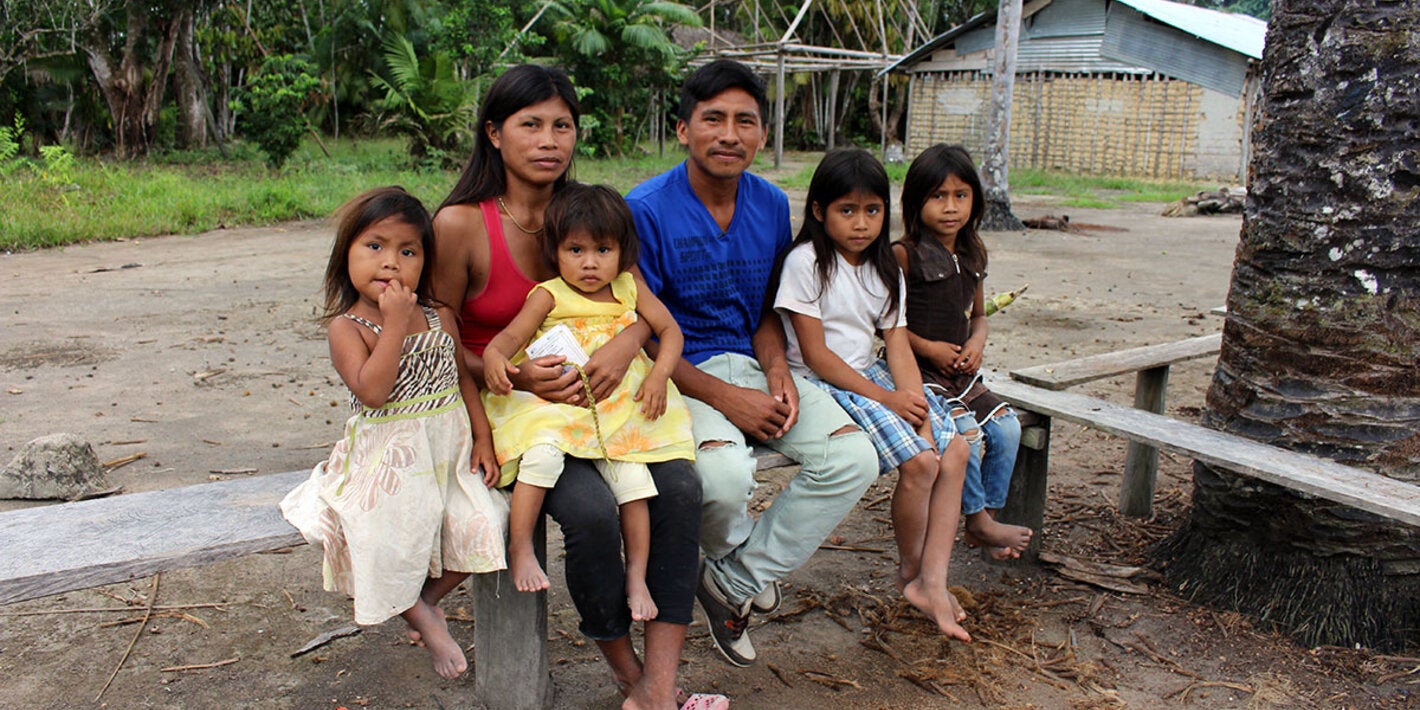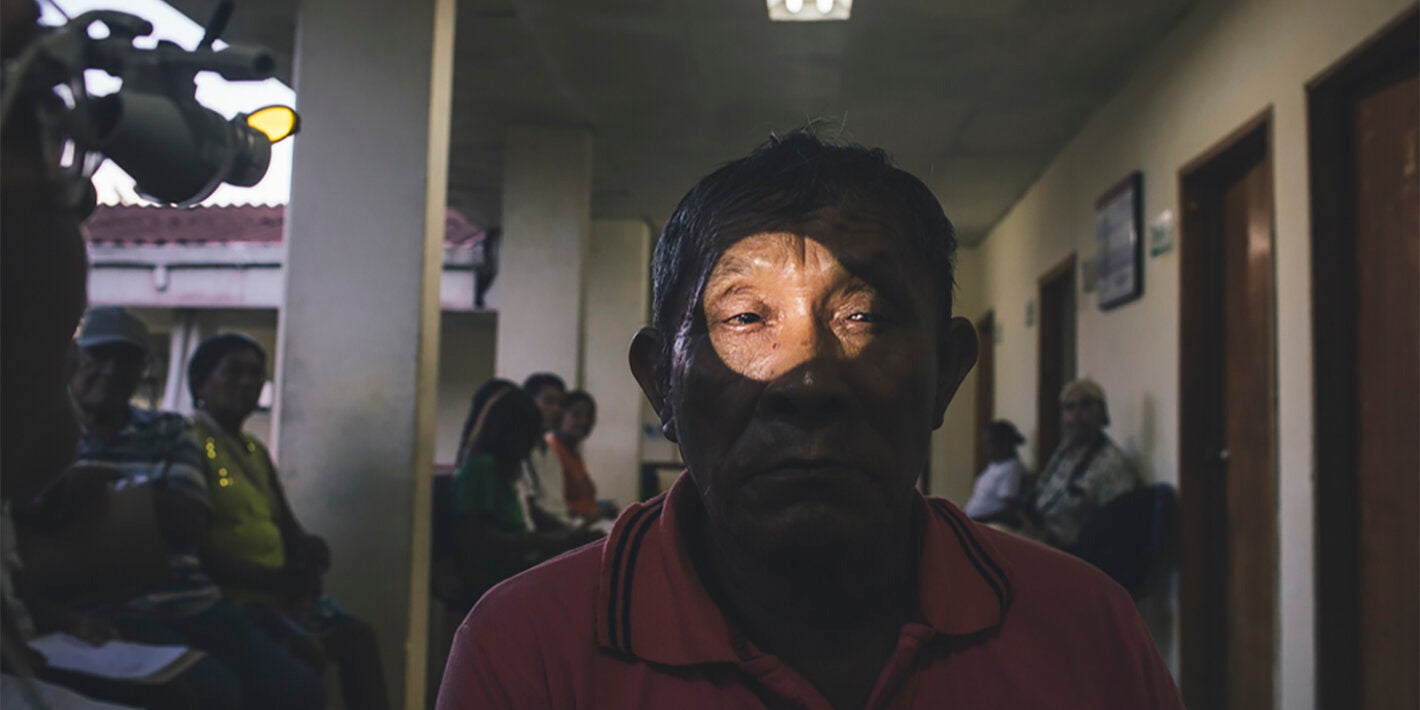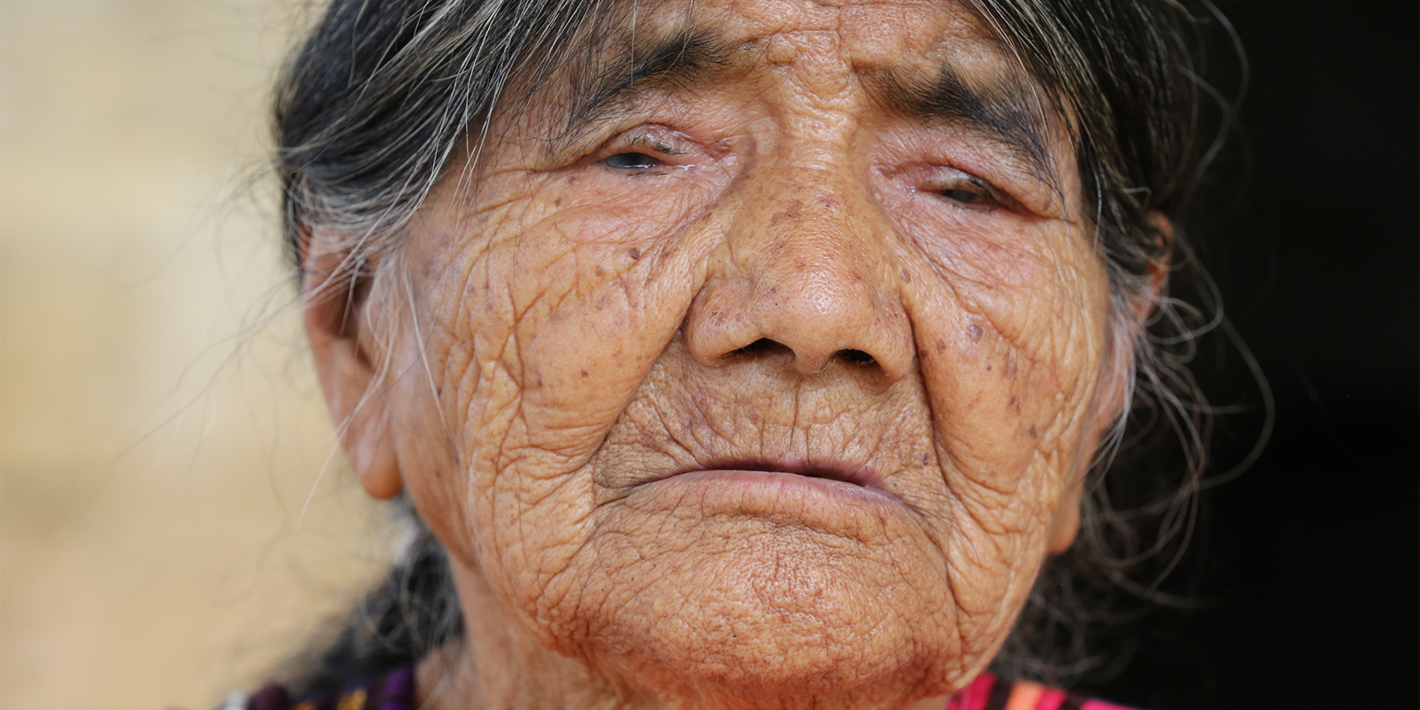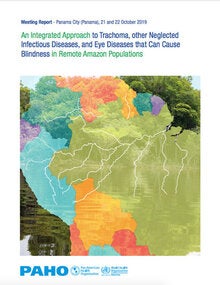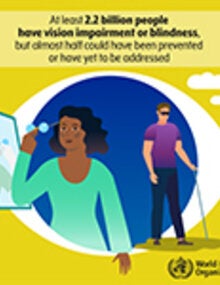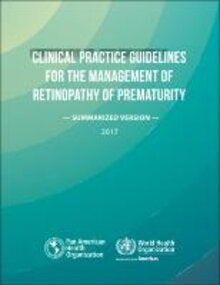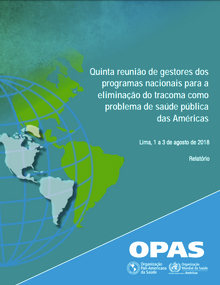Data from prevalence surveys conducted by the Pan American Health Organization in nine countries revealed that marginal and poor populations have a higher prevalence of blindness and visual disability.
The burden of visual impairment in Latin America and the Caribbean is not distributed uniformly: in many countries it is estimated that for every 1 million people, 5,000 are blind and 20,000 are visually impaired; at least two thirds of these cases are attributable to treatable conditions such as cataracts, refractive errors, diabetic retinopathy, childhood blindness, glaucoma, onchocerciasis, and trachoma.
The International Classification of Diseases 11 (2018) classifies vision impairment into two groups: distance and near presenting vision impairment.
Distance vision impairment:
- Mild – presenting visual acuity worse than 6/12
- Moderate – presenting visual acuity worse than 6/18
- Severe – presenting visual acuity worse than 6/60
- Blindness – presenting visual acuity worse than 3/60
Near vision impairment:
- Presenting near visual acuity worse than N6 or M.08 with existing correction.
A person’s experience of vision impairment varies depending upon many different factors. This includes for example, the availability of prevention and treatment interventions, access to vision rehabilitation (including assistive products such as glasses or white canes), and whether the person experiences problems with inaccessible buildings, transport and information.
- Globally, at least 2.2 billion people have a vision impairment or blindness, of whom at least 1 billion have a vision impairment that could have been prevented or has yet to be addressed.
- This 1 billion people includes those with moderate or severe distance vision impairment or blindness due to unaddressed refractive error, as well as near vision impairment caused by unaddressed presbyopia.
- Globally, the leading causes of vision impairment are uncorrected refractive errors and cataracts.
- The majority of people with vision impairment are over the age of 50 years.
Blindness and visual impairment can be prevented in about 80 percent of people. It is almost four times more common in poor and illiterate people living in marginalized and rural areas than in wealthy neighborhoods. To reduce blindness and visual impairment, it is necessary to increase access to eye care services by strengthening public services in the poorest areas of each country. Access to eye care can reduce visual impairment and refractive errors throughout the life course.
PAHO supports governments in the development of standards, policies, and guidelines for eye care and plans to strengthen eye care systems. Through its regional program for the prevention of blindness it generates population-based epidemiological data and evidence on inequities in health systems and services. Given that evidence shows that blindness and severe visual impairment are clustered among poor and rural people, PAHO provides technical cooperation and support in planning, strengthening, monitoring, and evaluating public eye care services to reduce inequities in the provision of services.


